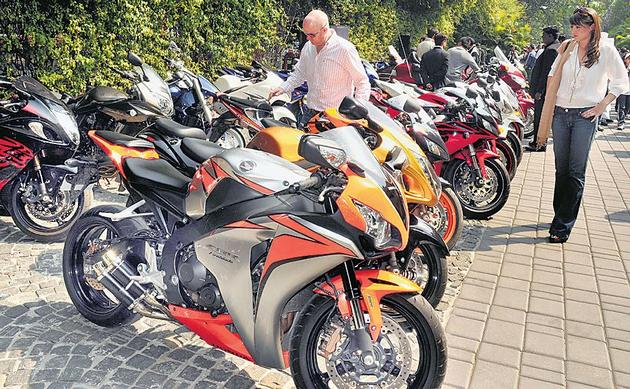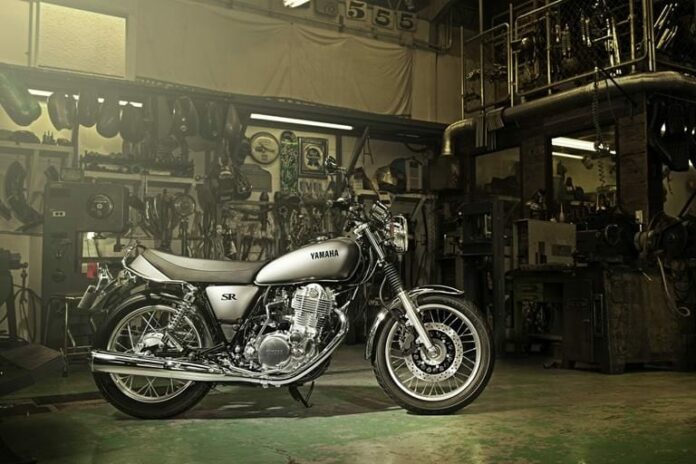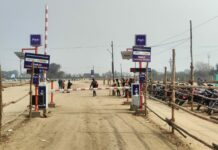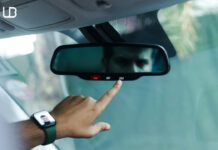Buying anything can be a challenge, specially if its a used product. And things get worse when its something that is subject to wear and tear. So today what to do when you are planning to buy a used vehicle?
Well here are some tips from our end to help you buy pre-owned motorbikes:
1. The Decision
First and foremost thing to do is to decide what type of bike you want and what purpose would it serve. So you need to ask yourself wether you would use the bike for commuting to work, motorsports, or just leisure. Be honest with yourself as this would matter the most. A super bike might be something you rave about but there is a chance that you will hate it on the commute.
2. The Source
Once you are decided on the type of bike you want, next step is to decide a reliable source to buy it. What really is a reliable source to buy a used bike? Wether its a pre-owned company showroom, a local dealer, a friend/family or an online classified what should you go for? Each have their own pros and cons but the one with the least is online classified where you can meet the owner directly, have a look at the bike, negotiate on the price and finally buy if you like it. But that’s not where it ends, great if you have decided to buy a used bike from an online classified. But as you are buying a used bike, you need to have checklist and thats what we discuss next.
3. The Checklist
PS: Take some simple hand tools with you, including a flashlight and, if possible, a multimeter.
- Check the condition of the drive chain and sprocket. The chain should have around ¾” of play (up and down) and the teeth of the sprocket should not show obvious damage or wear. Try to wiggle the chain side to side on the sprocket. There shouldn’t be much movement on a good set. Have someone sit down on the motorcycle and check to make sure the chain is somewhat snug, with very little movement up and down. Chains wear out over time, but sprockets should last much longer. A severely worn sprocket indicates either an old sprocket or a poor maintenance schedule.
- The tires should have good tread all the way across the surface with no signs of uneven wear or damage. Daily drivers’ tires will often have more wear in the middle on the tread (more highway driving). Others who’ve raced their motorcycle on the track, will have tires that show more wear at the edge of the tread.
- Sit on the bike. Look at the condition of the brake and clutch levers, bar-end weights, straightness of the bars and instrument cluster. These could be signs of an accident or drop. Others could be scratched engine cases, foot pegs or exhaust pipes. Hold the handbrake and bounce the front suspension. It should feel even and firm. Get off the bike and check the fork tubes for signs of rust, pitting and oil. These are signs of worn fork seals, or possible future expensive problems.
- While checking the forks, run a fingernail across the brake rotors, feeling for uneven wear or grooving. Look into the brake caliper to see how much of the pads are left. If the bike has spokes, check the overall condition of the individual spokes. For all types, look for dents or damage to the rim
- Put the bike on its center stand if so equipped; turn the bars side to side. Feel for any ‘notchy-ness’ or roughness in the steering head.
- If possible, check the visible frame; remove the seat to see underneath it also. There should be no dents, kinks or visible damage to the frame. If there is, walk away.
- While the seat is off and you can access the battery, clip the multi-meter across the battery terminals and check the voltage. It should read no less than 12 volts. Start the engine. The meter should read no more than 14 volts or so while running. If it does, that may be a sign of a ‘dodgy’ voltage regulator and it may overcharge a battery and cause it to fail. Check the lights and indicators at this stage also. Pull a fuse or two out and check for corrosion. Do this with the engine off of course. Also, check the battery terminals and overall appearance of the battery. Replace the seat.
- Open the fuel tank and check for obvious signs of rust or corrosion using your flashlight (not a match or lighter).
- Inspect under fairings (if the motorcycle has fairings). Remove the same fairing the owner removes to change spark plugs and do routine maintenance. Check the frame for fatigue at the weld points. Inspect the overall condition of the engine block, plugs, and radiator. Check for leaks around the oil filter and oil pan bolt.
- Look at the brake fluid level. This is usually on top of handlebars, in an enclosure with a clear window. With the engine running, pull hard on the front brakes level and release while watching the fluid level. It should fall and rise. It should rise quickly once the brake is released.
- Finally ride the bike by picking a route that you are familiar with that has light traffic and good road conditions if possible. Start slowly and get used to the way the bike feels and responds.
- Test the brakes. They should not ‘pulse’. That is a sign of warped disks. They should engage smoothly and evenly and not grab violently or feel spongy.
- Accelerate through the gears. The transmission should feel firm and not slip out of gear under acceleration or feel ‘clunky’.
- While on a straight, clean patch of road, weave left and right slightly to see how the bike responds. It should feel stable and easy to correct.
- Listen for any unusual engine noises, suspension creaking or rattling and any undue vibrations. Ask questions about anything you have doubts about.
- Inspect the bike again after the ride, looking for any leaks or drips. Check the oil, through either the sight glass or; when the engine cools, the dipstick if so equipped. Most semi or full synthetic oils will darken after only a few miles. That is completely normal.
- Request a service history. It is always a good thing to have, but for several reasons, they may not be available. Ask for an owner’s manual and factory toolkit if available.
- Negotiate to the best of your abilities on the final price of the bike.

Voila! And you have your dream bike 🙂











